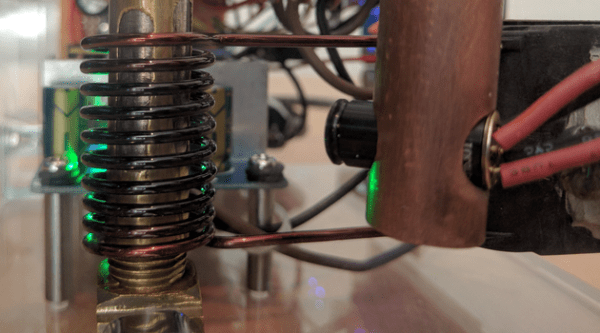Omnidirectional wheels are one of the hardy perennials of the world of invention. There seems to be something about the prospect of effortless parallel parking that sets the creative juices of backyard inventors flowing, and the result over the years have been a succession of impressively engineered ways to move a car sideways.
The latest one to come our way is courtesy of Canadian inventor [William Liddiard], and it is worthy of a second look because it does not come with some of the mechanical complexity associated with other omnidirectional wheel designs. [Liddiard]’s design uses a one-piece tyre in the form of a flexible torus with a set of rollers inside it which sits on a wheel fitted with a set of motorised rollers around its circumference. The entire tyre can be rotated round its toroidal axis, resulting in a tread which can move sideways with respect to the wheel.
The entire process is demonstrated in a video which is shown below the break, and the small Toyota used as a demonstration vehicle can move sideways and spin with ease. We would be wary of using these wheels on a road car until they can be demonstrated to match a traditional tyre in terms of sideways stability when they are not in their omnidirectional mode, but we can instantly see that they would be a significant help to operators of industrial machines such as forklifts in confined spaces.













